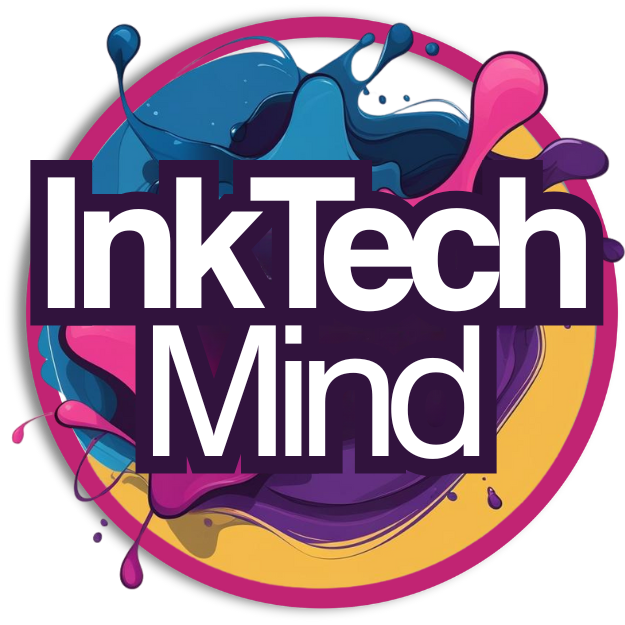JPEGs are getting brave again.
Last week, Christie’s leaned back into crypto art swagger, auctioning a fresh batch of digital works as Ethereum perked up and NFT volumes ticked higher across major marketplaces. Blur kept its lead on raw trading, OpenSea stayed the normie on-ramp, and Sotheby’s joined the “curate, don’t spray” club with a tight, on-chain drop that actually sold through. Even Reddit’s collectible avatars—remember those?—saw a secondary-market flicker after a new season teaser. It wasn’t 2021 mania. But it wasn’t tumbleweeds either.
Prices still swing like a door in a hurricane. Yet creators are adapting. More drops with built-in utility. Fewer copy-paste animal derivatives. Even marketplaces are acting like grown-ups: tougher royalty enforcement, clearer fee structures, and fewer wash-trade fireworks. Think farmers’ market energy—less shouting, better tomatoes.
Here’s the coffee-stained cheat sheet. If you want to buy: set a budget like it’s Vegas money, not rent money. Start where the liquidity lives—Blur for pros, OpenSea for browsing, Foundation for art vibes, Sotheby’s/Christie’s for museum-grade. Verify contracts. Follow the artist’s socials. If the Discord looks like a pyramid scheme cooked in a microwave, walk.
If you want to sell: list when attention spikes. Auctions during headline weeks, fixed price when things are sleepy. Use royalties smartly but don’t bank on them; price for today’s floor, not yesterday’s glory. Add utility even if it’s small—token-gated files, a print, a Zoom crit. Buyers love a bonus, even if it’s just “I’ll sign your ledger and your tote bag.”
If you want to profit: flips are cardio; most people run out of breath. So play longer games. Track catalysts—major auctions, protocol upgrades, influencer mints, gaming tie-ins. Set alerts, not alarms. Diversify across art, collectibles, and utility tokens tied to marketplaces. And if a chart looks like a hockey stick, assume it’s a boomerang.
Behind the scenes, the plumbing is getting shinier. Ethereum gas is down from last year’s “sell a kidney” days, and L2s make minting feel like buying gum. Marketplaces now show provenance like a Carfax for pixels. You can even fractionalize grails, which sounds fancy until you realize you own 0.0007 of a wizard.
None of this makes NFTs safe. It just makes them legible. Scams still lurk like raccoons in your trash. Use a burner wallet for mints. Cold storage for grails. Never click a link sent by a cartoon with laser eyes.
And yes, culture is creeping back. Generative artists are experimenting again. Gaming studios are testing real ownership without the loot-box ick. Even brands are quieter, which weirdly helps. Fewer stunts, more stuff you might actually want on your wall—or your phone, which is the same wall now.
So, the “Ultimate NFT Marketplace Guide” is really this: Buy what you understand. Sell with timing, not hope. Profit by surviving longer than the hype cycle.
Because in this market, patience is the rarest collectible.

